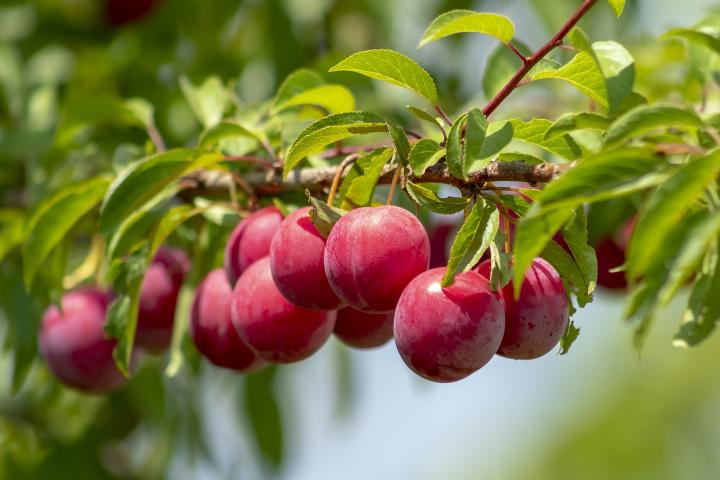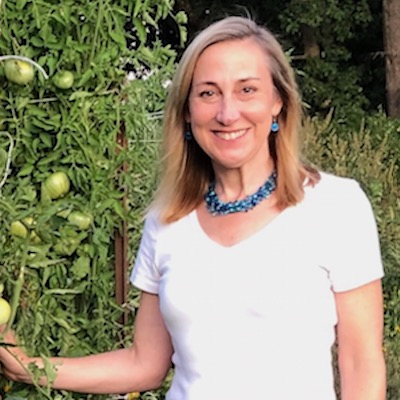
Learn how to choose, plant, and care for plum trees with this complete growing guide
Read Next
Types
- For a European type, try the ‘Stanley’. This semi-freestone type works great for the eastern, midwestern, and some of the northwest regions of the U.S. It is self-fertile, meaning no cross-pollination is necessary. It’s harvested in late August, producing medium to large plums with dark blue skin and greenish-yellow flesh and is great for cooking, canning, or eating fresh.
- For a Japanese type, try the ‘Satsuma’, which produces large, dark-red plums. This kind is good for eating fresh and canning because of its sweet taste.
- American hybrid trees, such as ‘Alderman’, ‘Superior’, and ‘Underwood’, are all popular choices. These trees combine the taste of the Japanese variety with the hardiness of the European variety. These types work well for regional extremes.
Gardening Products
Cooking Notes
- Plums are great for making jams or jellies.
- Plums can also be stored through freezing or drying them (dried plums are prunes), learn how to dry fruit with a dehydrator.
More Like This
Comments
Hi Terry,
Depending on the variety you have you may need a different variety of plum for cross pollination. Check the chart at
http://ucanr.edu/sites/fruitreport/files/132874.pdf
It may take five to six years after planting before the trees will produce fruit. When the trees are between 8 and 10 years old they will have maximum fruit production.
During the summer after the first winter pruning, remove the numerous water sprouts that will grow on the heavily pruned tree. Avoid pruning shears. Pull the shoots off the trunk in mid-June when they are about 10 to 12 inches long. Keep pulling these shoots off throughout the season on the major scaffolds. The shoots can be pulled off safely as long as their bases remain tender and green. Stop when the base of the shoot becomes woody and does not easily pull off.
Fruit drop can happen for many reasons: 1) Do you see any sign of insects? Plum curculio is a snout beetle that causes problems and you need to use a fruit tree spray at petal drop and up to 6 weeks after. 2) How is your soil? Plum trees do not do well in wet or compact soil; well-drained sandy loam is best. 3) Do you have plenty of sunshine? 4) Do you have pollinators? Unpollinated flowers will bear fruit, but they abort. 4) Are you thinning your fruit? 5) Are you watering enough? The amount of water needed depends on the size and age of the tree and weather conditions, but a first-year tree uses 5 to 10 gallons of water per week in the summer. The soil on the surface may be dry, but the soil at the root zone needs to be moist 4 to 6 inches down. Occasionally, you can dig down and see if it's moist (but not water logged).
- « Previous
- 1
- 2
- …
- 10
- Next »











If you're planting this type of plum tree, just keep in mind that it has a wider spread (15 to 20 feet). As with most plums, plant in fertile, well-drained soil and ensure periodic deep watering in summer months. See this page for more plum planting information.